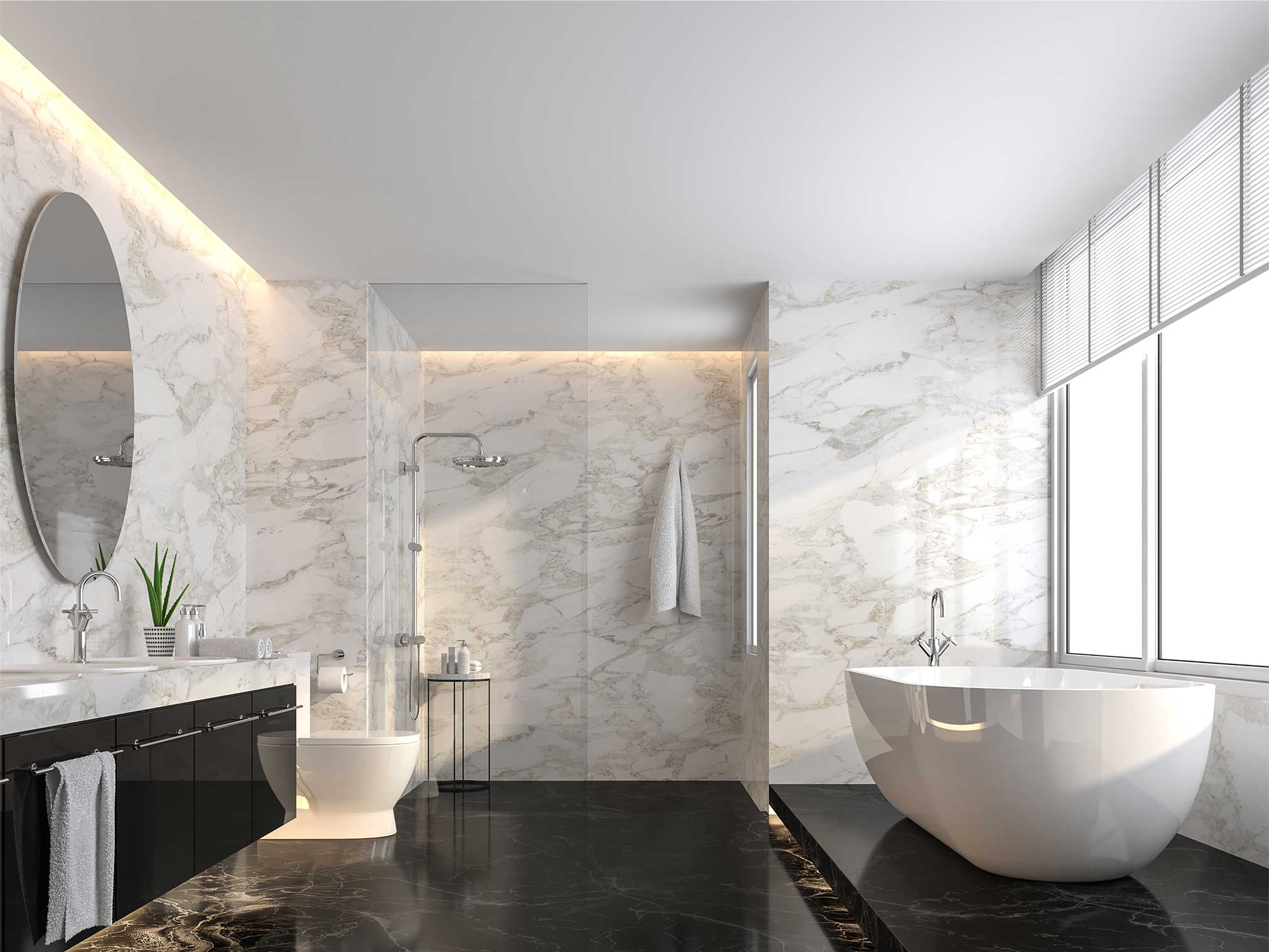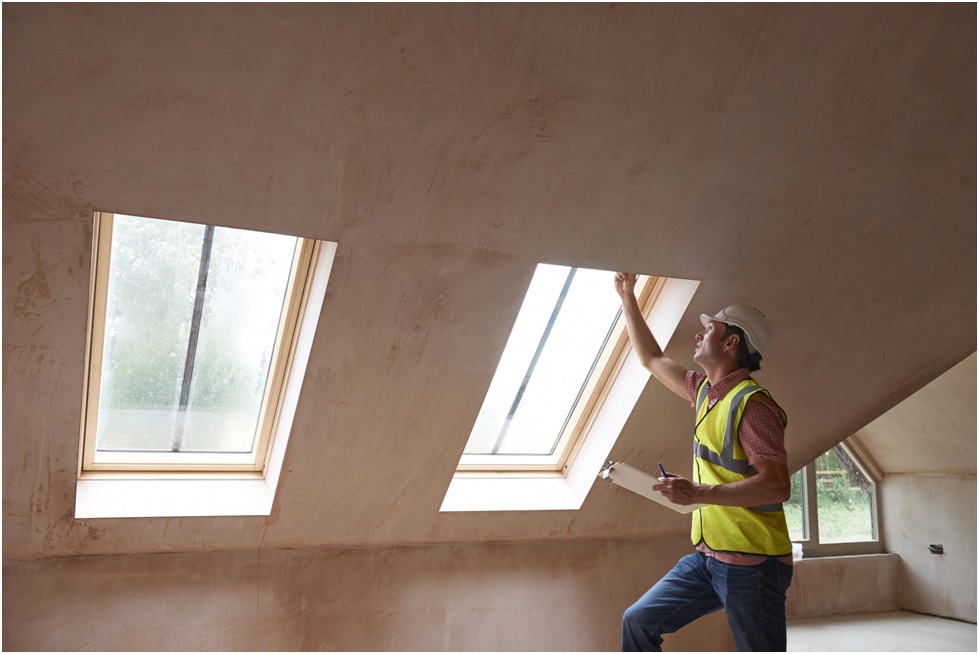For landlords, conducting regular home inspections is essential to maintaining their property, ensuring tenant safety, and protecting their investment. Knowing how to carry out a thorough inspection can help avoid costly repairs and legal complications down the line, so here’s what you should understand about the home inspection process before getting started.
1. Types of Inspections
There are various types of inspections that landlords should conduct throughout the tenancy. These typically include:
Move-In Inspection: This occurs before a new tenant moves in and documents the property’s condition. Both the landlord and tenant should be present to note any pre-existing damage or areas that require attention. This report will serve as a reference at the end of the lease to compare the property’s condition.
Routine Inspections: Landlords should conduct regular inspections, typically every six months or annually. These inspections help identify any issues, such as leaks, mold, or safety hazards, before they become serious problems. Routine inspections also ensure that tenants are following the terms of the lease.
Move-Out Inspection: Once a tenant vacates, another inspection is necessary to compare the property's current state with the move-in report. This will help determine if any part of the security deposit should be withheld for repairs.
Drive-By Inspections: Sometimes, a quick exterior check can reveal issues like unapproved occupants or poor maintenance practices. While less formal, drive-by inspections allow landlords to check for potential concerns without entering the property.
2. Legal Considerations
Landlords must balance the need for inspections with respect for tenant privacy. Most states require landlords to provide notice (often 24-48 hours) before entering a tenant-occupied property for non-emergency inspections. Additionally, frequent or unannounced inspections may be seen as harassment, so landlords should schedule inspections reasonably.
Familiarizing yourself with local and state laws regarding property access is crucial to avoid legal disputes. Documenting all inspections with photographs, signed checklists, and reports can help protect you in the event of tenant disagreements or damage claims.
3. What to Look for During Inspections
When conducting a property inspection, landlords should focus on:
Structural Issues: Check for cracks, leaks, or signs of water damage in ceilings, walls, and flooring.
Plumbing and Electrical Systems: Inspect faucets, showers, and toilets for leaks and ensure that all electrical outlets and fixtures are functioning properly.
HVAC Systems: Ensure that heating and air conditioning units are in good working condition, as well as smoke detectors and carbon monoxide detectors.
Tenant-Caused Damage: Look for signs of wear and tear that go beyond normal use, such as holes in walls, broken fixtures, or neglected landscaping.
Safety Concerns: Make sure doors and windows lock securely, check for fire hazards, and inspect exterior lighting.
4. Using a Checklist
A comprehensive checklist can help streamline the inspection process. Landlords should use the same checklist for every inspection to maintain consistency and ensure nothing is overlooked. This list should cover everything from structural components to cosmetic issues. Using an app or inspection software can help make the process more efficient by generating instant reports and allowing you to include photos.
5. Hire a Professional Inspector
In some cases, hiring a professional home inspector may be necessary, especially if you’re unsure about certain structural or safety issues. Professional inspectors have the tools and expertise to detect hidden problems, such as faulty wiring or foundational issues, which might be missed during a standard walkthrough.






